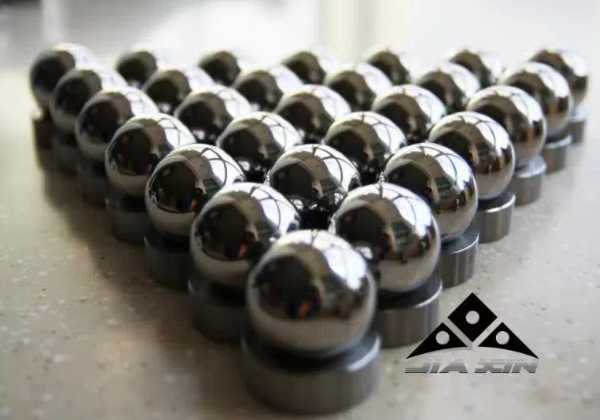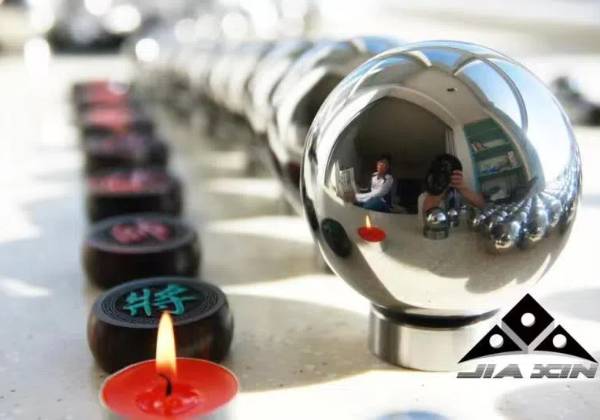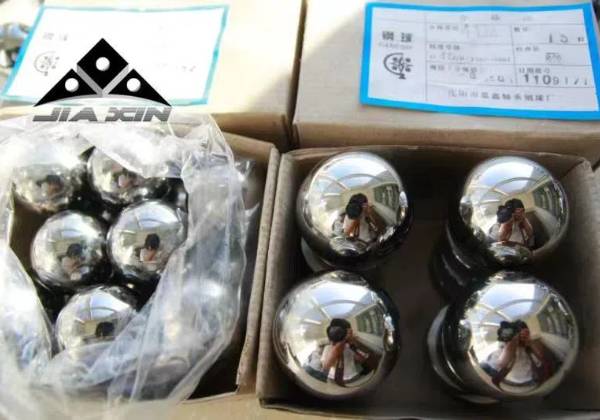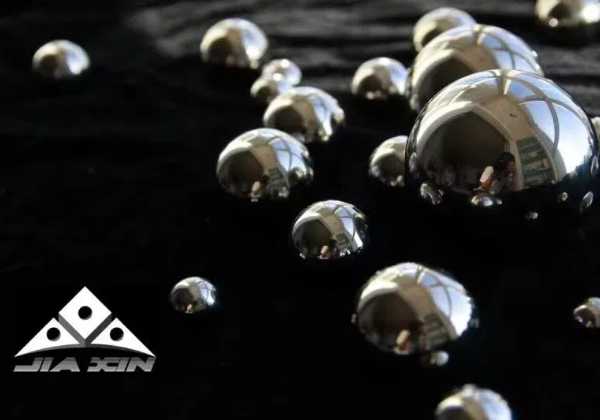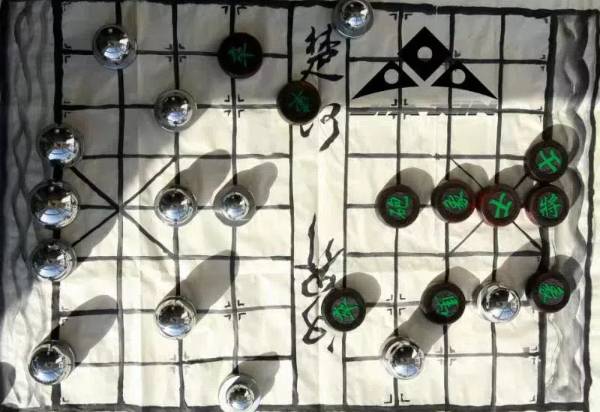Stainless steel balls are usually steel balls produced by the forging process of stainless steel. At present, the commonly used materials for stainless steel balls include 201, 302, 304, 316, 316L, 420, and 440C.
Definition of stainless steel: steel containing more than 12.5% chromium, with a high resistance to the corrosion of chemical substances (acids, alkalis, salts). Principle: Stainless steel does not mean it will not rust, but rather it is not easy to rust. The principle is that by adding chromium elements, a dense chromium oxide layer is formed on the surface of the steel, which can effectively block the re-contact between the steel and the air, so that oxygen in the air cannot enter the steel, thereby achieving the effect of preventing the steel from rusting.
Classification: The Chinese National Standard (CNS), the Japanese Industrial Standard (JIS), and the American Iron and Steel Institute (AISI) use three digits to represent different stainless steels, and are widely quoted by the industry. Among them, the 200 series is a chromium-nickel-manganese austenitic stainless steel, the 300 series is a chromium-nickel austenitic stainless steel, and the 400 series is chromium stainless steel (commonly known as stainless iron), including martensite and ferrite.

